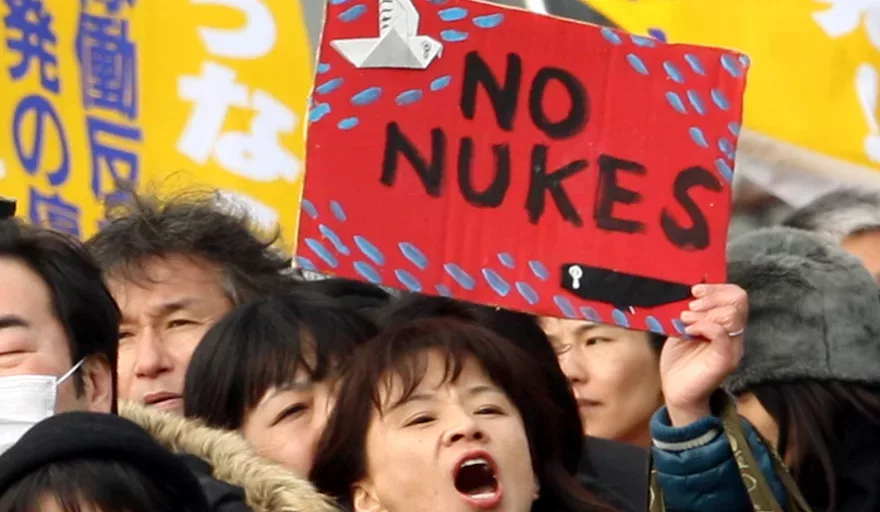Resource-starved Japan has extracted methane hydrate – better known as “fire ice” – from its seabed in what has been described as an energy breakthrough.
A consortium led by the Japan Oil, Gas and Metals National Corporation (JOGMEC) on Tuesday started a trial aimed at proving the feasibility of the deposit of the fossil fuel that looks like ice but consists of dense methane surrounded by water molecules.
The solid white substance burns with a pale flame, leaving nothing but water.
In a statement, JOGMEC said the project team planned to separate methane – the primary component of natural gas – from the solid clathrate compound under the seabed using the high pressures available at depth.
Initial work began in February last year and two-week experimental production started on Tuesday.
A huge layer of methane hydrate containing 1.1 trillion cubic metres in natural gas is believed to lie in the ocean floor off the coast of Shikoku island, western Japan.
That would be enough gas to satisfy Japan’s consumption for 11 years.
The resource-poor country has been seeking out new energy supplies after shutting down several nuclear reactors in the wake of 2011’s tsunami.
Only two of Japan’s 50 nuclear reactors are operating, forcing the country to use expensive fossil fuels for electricity generation.
According to reports, Japan aims to establish methane hydrate production technologies for practical use by the fiscal 2018 year.
For more information visit http://www.mh21japan.gr.jp.
Image: © Getty
Copyright is owned by Asia Outlook and/or Outlook Publishing. All rights reserved.



































